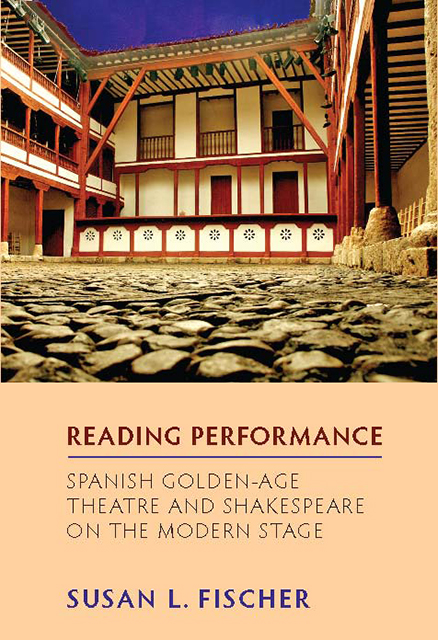10 - Calderón and the contingency of radical tragedy The Painter of Dishonour (El pintor de su deshonra)
Published online by Cambridge University Press: 28 February 2023
Summary
Laurence Boswell's 1995 production of The Painter of Dishonour, staged with the Royal Shakespeare Company in a translation by David Johnston with input from the director, was billed as “a deeply passionate and violently tragic psychological thriller.” For the translator, the text of the Painter was thought to possess a “Rubik cube” quality of twists and turns:
its action moves between town and country locations in the Spanish Kingdom […] and Barcelona. The central characters are pushed and pulled between these places, over sea and through fire, each one pursuing his or her own self-interest, until Calderón, the master craftsman, gives one final twist to the action and everything falls into place with startling force. The force of the realisation that there may after all be a pattern to our living, that if destiny means anything it may well be the cumulative effect of all our negative actions, of our moral torpor and of the hypocrisy and sham courtesies under whose cover these things reign supreme. […] Patterns of etiquette, patterns of lies, and underlying these, just waiting for that final twist of the cube, the final pattern that masquerades alternatively as ultimate truth, destiny, or poetic justice. (Johnston, Painter 8)
If, on the translator's page, the Painter reads as “a baroque edifice of correspondences” (8), on stage, it revealed its tangled artifice in juggling the different masks of theatre. The production prompted reviewers not only to notice the work's clashing tones – “This Spanish ‘honour’ play is a compulsively stageable mix of overwrought passion and undercutting comedy, highminded melodrama and its near-cousin, low farce” (Taylor, “Painter”) – but also to interrogate its dramatic genre: “Is this tragedy? comedy? suspense thriller? farce? fateful melodrama?” (Macaulay, “Painter”).
The dramatic text of the Painter has been labeled a “brilliant tragedy,” wherein “the murder when it comes is an unpremeditated act of passion not a calculated display of cunning”; and where “Serafina's pride and steadfast but helpless innocence, and Juan Roca's terrible anguish at his wife's abduction and his sense of utter desolation at the end are deeply moving” (McKendrick, Theatre 150). The play's tragic force has been conventionally seen in terms of A. A. Parker's notion of Calderonian characters’ “collective” or diffused responsibility for the dreadful onslaught of events (233).
- Type
- Chapter
- Information
- Publisher: Boydell & BrewerPrint publication year: 2009



